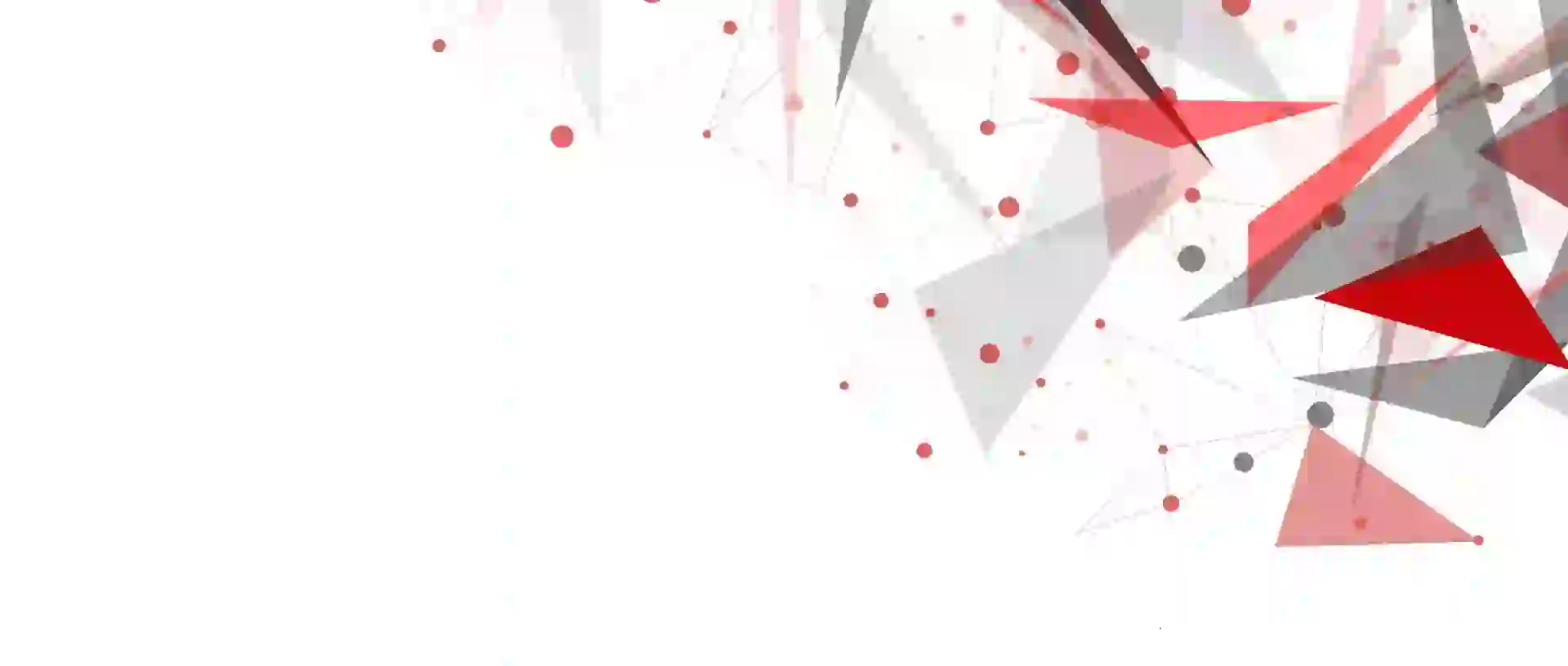Frequently Asked Questions
-
Which region is the leading for the global antibacterial fabric sprays market?
High hygiene standards and awareness among consumers have made North America the largest market for antibacterial fabric sprays.
-
What drives the antibacterial fabric sprays market?
Health consciousness is the primary driving force in the market, along with the expanding commercial applications.
-
Which are the key segments in the antibacterial fabric sprays market?
The market can be classified into the following types on the basis of product type: natural sprays and synthetic sprays, and on the basis of end-use, it involves online retail, convenience stores, hypermarkets, and supermarkets.





















